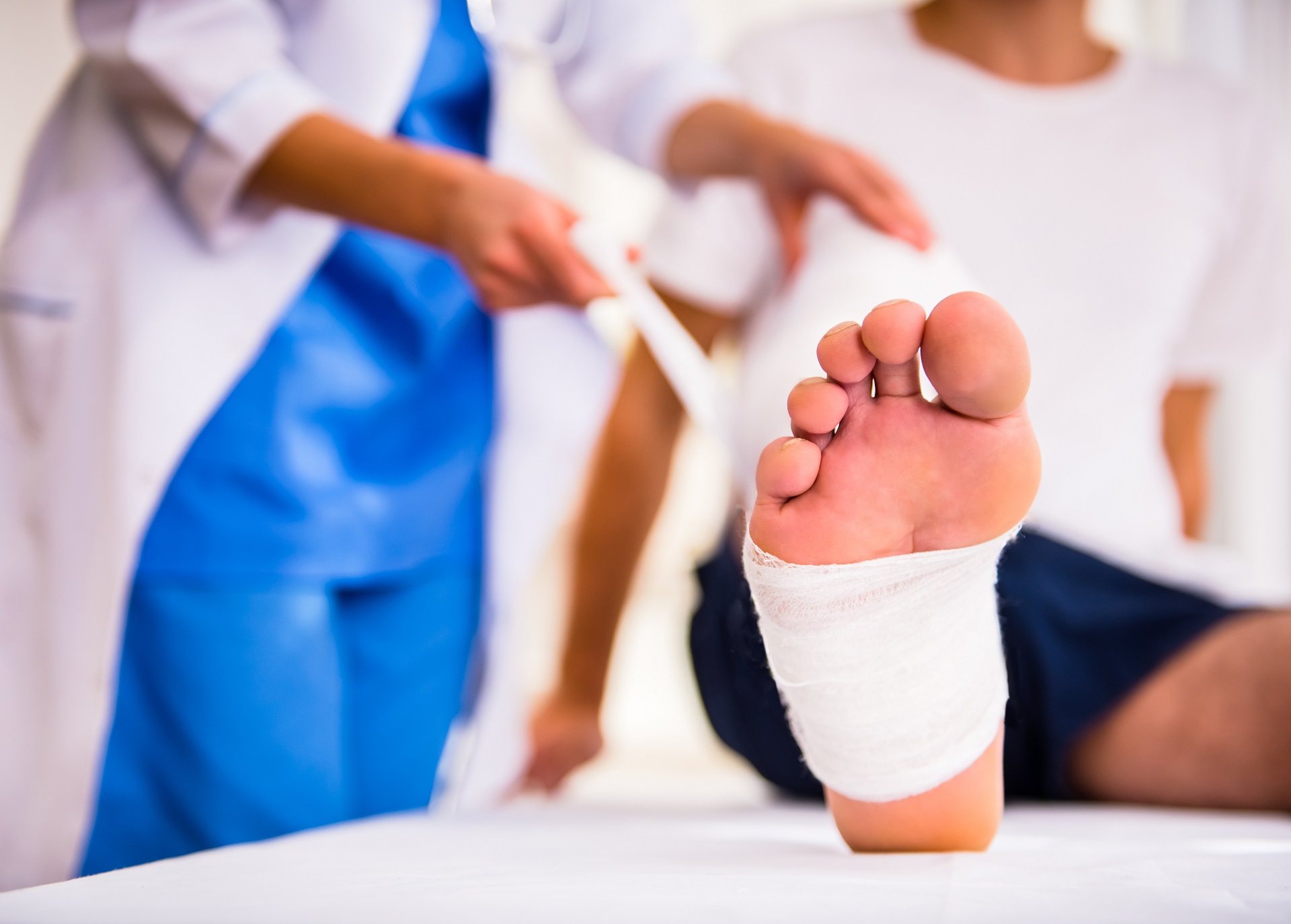
If you have experienced a personal injury due to someone else’s reckless or dangerous behavior, you may be entitled to compensation for the pain and suffering you went through. The term pain and suffering refers to damages beyond the scope of simple medical bills and can be catastrophic to your life moving forward. As such, Ohio law allows a plaintiff to sue for additional compensation in a personal injury suit if certain qualifiers are met. In this article, we’ll discuss what those qualifiers are and how you can benefit.
Types Of Pain And Suffering
Pain and suffering are non-economic damages that result from personal injury. They do not include money for medical treatments or lost wages. Instead, pain and suffering refer to physical and mental anguish suffered after an accident.
In the case of physical pain, the plaintiff is compensated for extreme cases of pain or discomfort while they are healing. The money they seek is not designed to alleviate the pain, as presumably, the medical treatments they are undergoing are doing that. But instead, pain and suffering claims are intended to compensate the aggrieved for the pain they experienced. If the reckless behavior of another person caused the pain, it is well within the plaintiff’s rights to ask the responsible party to pay for the pain they caused.
Mental pain and suffering refer to the emotional toll that an accident can cause on an individual. Many times after a traumatic event, the victim suffers overwhelming feelings of depression, anxiety, loss, humiliation, or grief. Post-traumatic stress disorder, fits of anger, loss of sleep, and post-trauma depression are all examples of mental pain and anguish. Worse, the mental pain of experiencing trauma can be as chronic and long-lasting as physical pain. That is why Ohio will award compensation to victims of mental pain and suffering as well.
Defining Pain And Suffering
After an accident, the economic damages are clear. These can include physical damage to the vehicle, the medical costs of treatments, and any lost wages that the victim suffered as a result of being too injured to work. The non-economic damages, as you can imagine, are a bit more complicated to define.
One reason for this is that each accident, and each person in each accident, are unique. What is a severely traumatic event to one person might be a very bad day to another. For this reason, judges, juries, and often insurance claim adjusters are brought in to dissect the pain and suffering potential of each unique case.
Upper-Limits And Caps
Additionally, the state of Ohio places caps on the amount of compensation that can be awarded in a pain and suffering case. Generally, a cap of $250,000 is placed on most non-economic compensation claims or an amount equal to three times your economic damages. We’ll discuss the multiplier method in the next section, but suffice it to say this is the upper limit of most personal injury suits. There is also a law that says in rare cases that are “catastrophic in nature,” the plaintiff may be able to seek any amount of compensation they see fit. But again, those cases are rare. Another cap Ohio imposes is that of the statute of limitations for personal injury cases. Generally, two years is all the time you have to bring a personal injury case to the court’s attention.
Calculating Pain And Suffering
Judges, juries, and insurance adjusters are often all required to calculate a fair pain and suffering compensation case. They are generally known to use two methods:
The Multiplier Method
This is the most common method, and it involves multiplying your economic damages by a number between one and five. The one-to-five variable represents the severity of the accident as a whole. So, for instance, if your medical bills totaled $5,000, the damages to your car totaled $5,000, and your accident was a three on the severity scale, you could expect your pain and suffering compensation to equal $30,000. This is a simplified version of the multiplier method, but generally, that’s how it works.
Daily Rate Method
The daily rate method is not used as often, but it may be appropriate for certain cases. With this model, the court defines a daily rate you should be compensated for and then multiplies that number by the number of days you have experienced pain and suffering.
If you have experienced a personal injury due to the reckless behavior of another person, you may be entitled to compensation for your mental and physical pain and suffering. Call Garretson & Holcomb, LLC today at (513) 863-6600.


